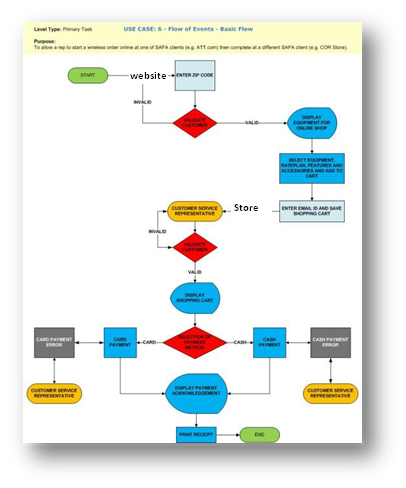Performance Measurement The What Why and How of the Investment Management Process
Post on: 16 Март, 2015 No Comment

The rationale underlying the performance measurement process can best be summarized by the following anonymous quote: “You can’t know where you’re going until you know where you’ve been.”
Speaking at the 65th CFA Institute Annual Conference. Carl Bacon. CIPM, chairman of StatPro, said that active investment managers must understand the “what, why, and how” of their past performance in order to effectively manage their current clients’ portfolios. Performance measure is a four-step process that entails: (1) benchmark selection; (2) calculation of the portfolio’s excess return; (3) performance attribution; and (4) risk analysis. Because of the feedback that the performance measurement process provides, Bacon believes that it should be an integral part of the investment decision-making process, instead of external to it.
Selecting the Benchmark
The performance measurement process begins with the selection of an appropriate benchmark (ex ante) that will be subsequently used (ex post) to assess the performance of a portfolio. The benchmark must be investable, accessible, independent, and relevant. Benchmarks can be based on indexes (e.g. FTSE 100. the S&P 500. the Barclays Capital Aggregate Bond Index ), peer groups (a portfolio that contains the same types of securities as the designated portfolio), or based on target returns (e.g. the risk-free rate. inflation plus, funding requirements).
Calculating the Excess Return
Excess return is the difference between a portfolio’s return and its benchmark’s return. Excess return can be calculated arithmetically or geometrically:
2C99 /%
2C100 /%
Please note that this assumes the initial value of the portfolio is the same as the benchmark. *
Arithmetic excess return is more widely used because it is easier to understand and provides large and absolute values in rising markets. However, the geometric return is more appropriate to use when measuring excess returns over multiple periods (compoundable) or in different currencies (convertible), or when comparing returns (proportionate).
Applying a Performance Attribution Analysis
Performance attribution quantifies the relationship between a portfolio’s excess returns and the active decisions of the portfolio manager. In other words, it relates the excess returns of the portfolio (both positive and negative) to the active investment decisions of its manager. It provides feedback to portfolio managers, senior management, and external consultants on why the portfolio either outperformed or underperformed its benchmark. It is especially useful when the manager has underperformed his benchmark. One of the most widely used attribution models is the Brinson model. which examines performance in terms of allocation decisions (returns based on sector or asset weighting) and individual security selection decisions.
According to Bacon, there are three main types of attribution:

- Returns-based attribution. which uses factor analysis . Holdings-based attribution. which is calculated on a periodic basis and uses holdings data. The key advantage of using holdings-based attribution is that it is easy to implement because a variety of pricing sources can be used. Two disadvantages are that: it will not reconcile to performance return, and it can’t be used as an operational tool. Transactions-based attribution. which is calculated from holdings and transactions data. Unlike holdings-based attribution, transactions-based attribution reconciles to the return of the portfolio and therefore can be used as operational tool. In addition, it identifies all sources of excess return. However, this type of attribution is more difficult to implement and requires accurate and complete data.
Performing a Risk Analysis
Risk analysis is important for those who are responsible for both managing and controlling the portfolio’s risk. Risk managers view risk positively. They are in the “front office”and are paid to take risk. Risk controllers, on the other hand, view risk negatively. They are in the “middle office”and are paid to monitor and/or reduce risk. Basic risk measures can be divided into three categories:
- Absolute risk measures. such as standard deviation, the Sharpe ratio. and M 2 . Relative risk measures. such as tracking error and the information ratio . Regression. which measures the alpha, beta, and standard error of the portfolio’s return.
In summary, performance measurement is an important tool in the investment management process, because it answers the what, why, and how of past active portfolio management decisions. To quote the astronomer Carl Sagan, “You have to know the past to understand the present.”
*Correction: An early version of this article offered incorrect methods for calculating the arithmetic and geometric excess return. These formulas were updated on 2 August 2012.














